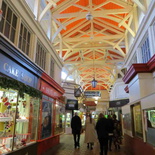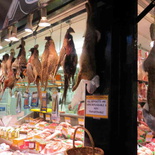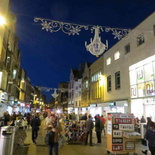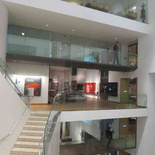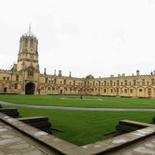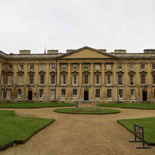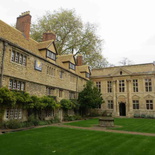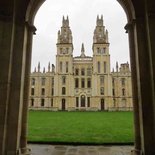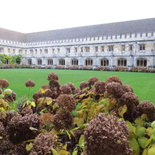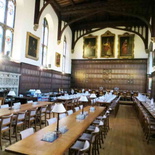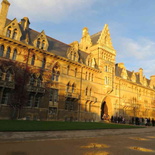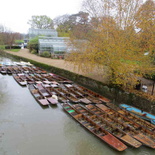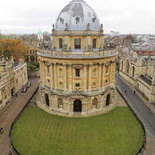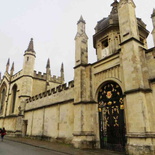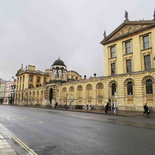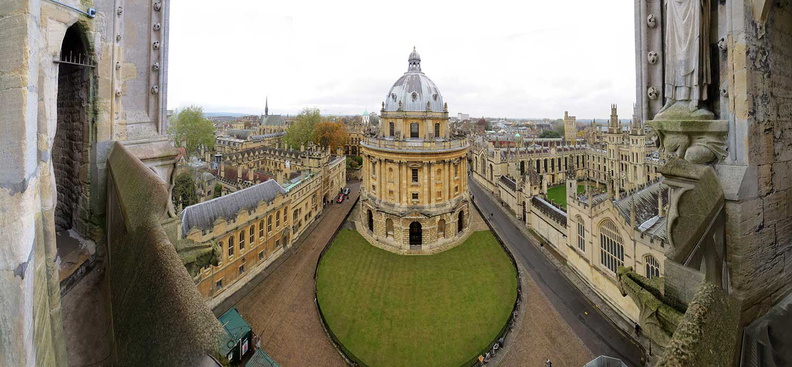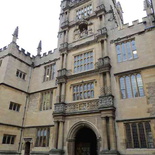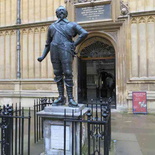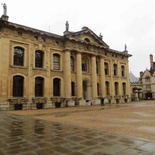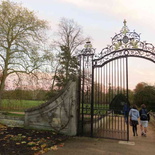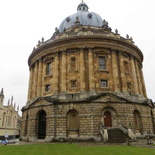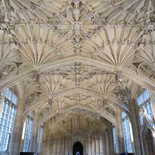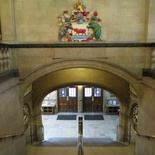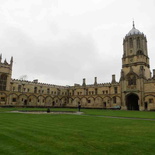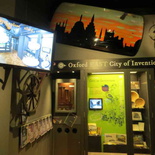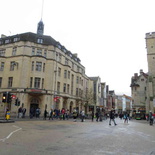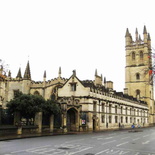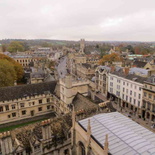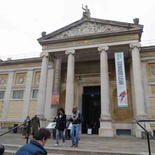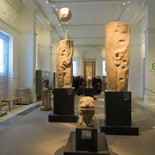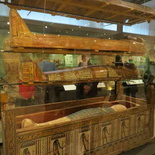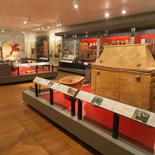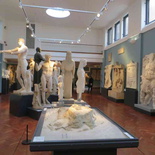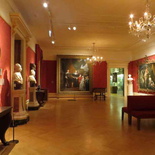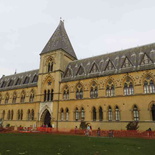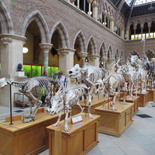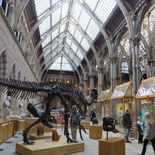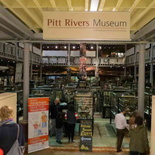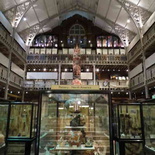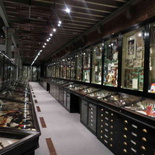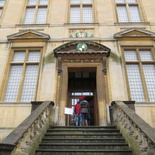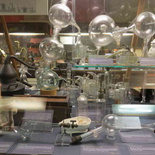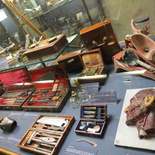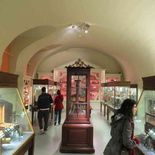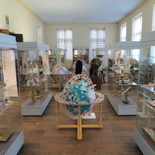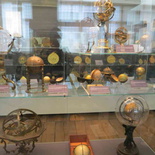Oxford University in England is a world renowned university. There is quite more to Oxford than just the university itself, it is a living breathing city with a unique culture of its own. It is home to the world’s oldest university museum, as well as the largest university press in the world. Today let’s explore the city of Oxford, and what makes Oxford, well Oxford! We would check out the various notable university colleges, city center and museums.

Established 1096, Oxford sits about an hour drive to the City of London. Notably, it is nearer to London than Cambridge. Also, there are many direct buses serving the university town from Major UK airports. This includes Heathrow, Gatwick and Stanstead airports, with the last 2 main serving regional European destinations.
Bicycles, a way of life
Moreover, Oxford is a small town with most activities concentrated within the city center. Bicycles are the primary city transport mode here for town residents, students and staff to conveniently get around. Also, the city is bicycle-friendly, with extensive and dedicated bicycle infrastructure such as bike lanes, bicycle parking and car free areas. Like the city of Amsterdam, bicycle is a preferred mode of transport with many car-free zones.
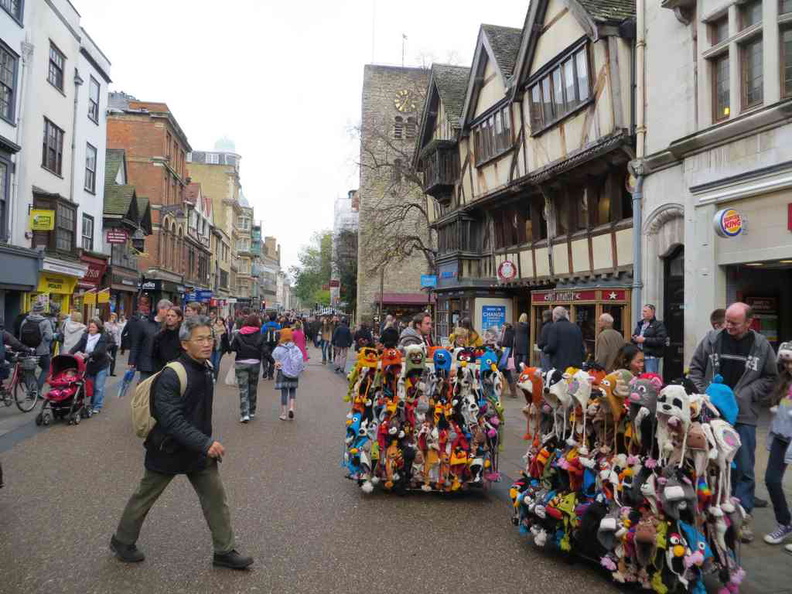
Moreover, the university is what makes Oxford and vice-versa. It is a city way of life in its own right. Similar to the British city of Cambridge. Also, the Oxford covered market is one of Oxford’s quirkiest shopping destinations. The 2 century old market is packed with independent shops, cafes and stalls selling fresh produce to handmade accessories.
Additionally, being a university town, it is not uncommon to see shopping malls, government buildings, and markets sitting right beside colleges and university accommodation blocks. Also, it is quite an eccentric mix of academic, residential, and city life which gives the city it’s cozy feeling. However, I find the streets not as well laid out and as conducive as the city Cambridge.
Notable University colleges
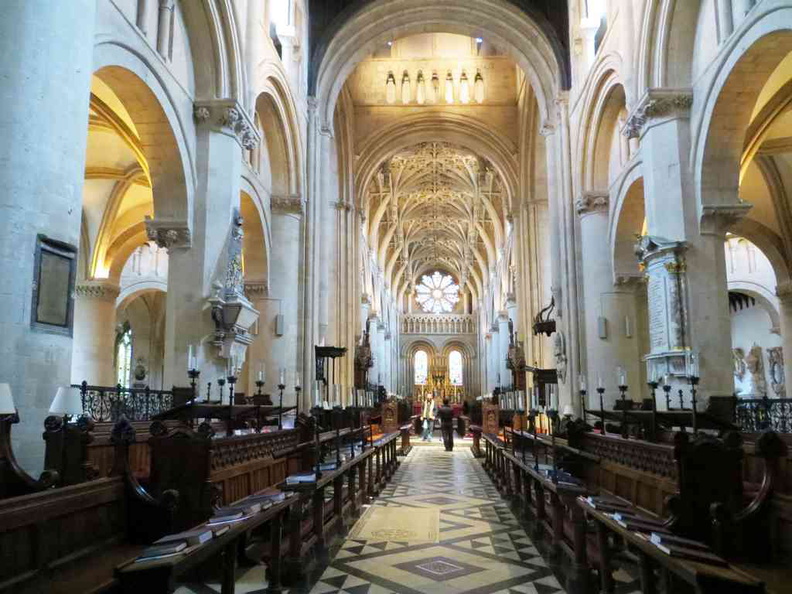
Furthermore, Christ Church is the must-visit college here in Oxford. The Cathedral is a Romanesque, Gothic type built from A.D 1160 to 1200. Also, it is one of the few dual role places of worship as both a cathedral and college chapel. It is a unique setup in the Church of England.
Christ Church Cathedral 180 degree panorama
In addition to the college cathedral, the college’s historical column-free Great hall dining hall was popularised in pop culture in the Harry Potter series, where it was modelled from to a set shot in Warner Brother’s Harry Potter studios.
Additionally, the city’s resident University of Oxford comprises of 38 independent colleges, and six Permanent Private Halls. Also, each college and hall controls its membership and with its own internal structure, governance and activities.
Also, each college is independently-run with their own accommodations, student support, tutors, and even dining halls, bars, libraries, endowment and activity areas. This is a unique way of life in the college system here.
Additionally, The Oxford canal is synonymous to the River Cambridge, with spaces for water activities such as punting and leisure sports. These area available by colleges, or by commercial operators found along the Oxford river.
Moreover, the Bodleian Library is also another peculiar landmark here. It has a circular domed structure also known as the Radcliffe Camera. Check out the views of the Library and the surrounding grounds.
180 degree Panorama of Bodleian Library grounds
Also, the building was built in 1737- 1749, it was designed by James Gibbs in neo-classical style, and is Oxford University main research library.
You can find the iconic dome-topped building between Brasenose College to the west, and All Souls College to the east. Also, it sits on a nice patch of lush manicured green, located south of the Old Bodleian, just north of St. Mary’s Church.
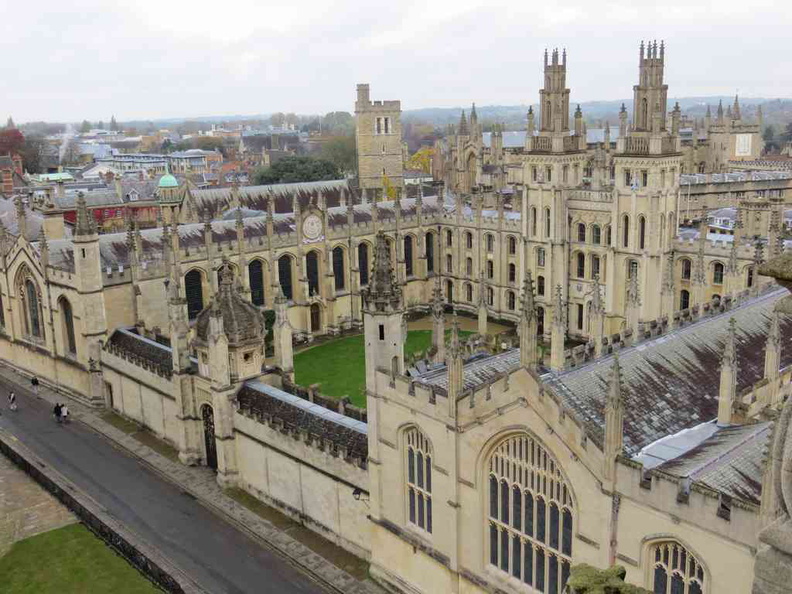
Moving on, other notable and distinctive city landmarks includes the “Bridge of Sighs” at Hertford college. Unlike the Cambridge version over a river, this Bridge of Sighs is a ground skyway joining two parts of Hertford College over New College Lane.
You can also visit the Sheldonian Theatre, the city’s premiere performing arts and concert building. Also, the theater is Oxford’s university’s Congregation venue. Here, degree ceremonies are conferred. The theater was designed by Sir Christopher Wren between 1664 and 1668.
Oxford Museums and the Ashmolem
Moreover, the City of Oxford is a university city and a place of academia. In addition, the university town is home to 38 different colleges littered all around the city. The city is also home to a couple of world class museums. Also, the museums also serves as repositories of the various university departments of interest. Here are 3 museums worthy of a visit on your stay. Also, you could spend at least a whole afternoon at each of these museums if you were to go through each gallery in detail.
Furthermore, a must-visit museum here will be the Ashmolem museum. Founded in 1683, it is an arts museum and home to significant collections of art and archaeology. Also, this includes works by Michelangelo, Leonardo da Vinci, Turner, and Picasso to name afew.
Notably, for the record, the Ashmolean Museum is the oldest in the UK. It is also the oldest university museum in the world. Also, here, you can find museum treasures such as the Parian Marble, the Alfred Jewel, a Scorpion Macehead, and a pristine Stradivarius fine violin (“The Messiah”).
Natural History museum
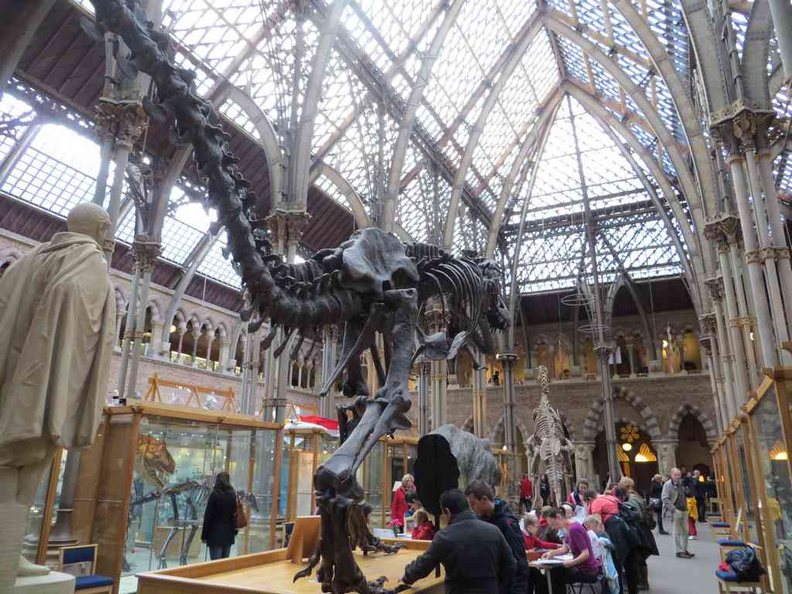
Additionally, The Oxford University Museum of Natural History showcases the university’s zoological, geological and entomological specimens curated over centuries. The museum sits in the University’s Science Area along Parks Road, in a large neo-Gothic building. It has a similar vibe similar to the London Natural History museum we previously explored in London.
Also, here, you can find dinosaur skeletons, such as that of a Tyrannosaurus Rex and a Triceratops. You can also find one of the most complete remains of a dodo in the world. Notably, the museum also hosts the Simonyi Professorship of the Public Understanding of Science (by Marcus du Sautoy).
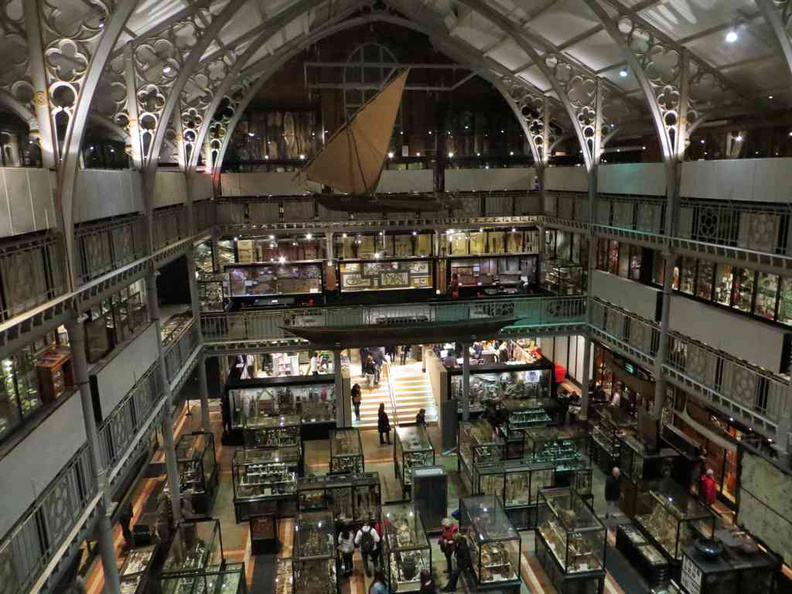
Moreover, adjacent the Museum of Natural History is the Pitt Rivers Museum. Founded in 1884, the museum is home to over 500,000 archaeological and anthropological collections.
Also, this section of the Natural History museum is named after General Augustus Pitt Rivers, who donated generously in support of the museum, to establish a lectureship in anthropology. Interestingly, museum staff here are also teach the anthropology topic at Oxford since its foundation.
Science museum
Wrapping up is the University Science museum. Called the Museum of the History of Science, it sits on Broad St in the world’s oldest-surviving purpose-built museum building. Also, it is home to over 15,000 artefacts covering the history of science from antiquity to the 20th century.
Notable items include measurement and surgical instruments used in the medical department, as well as early astrology devices and telescopes. Also, a minor museum here is the Faculty of Music along St Aldate’s. You can find the Bate Collection of Musical Instruments from Western classical music dating up from the medieval periods onwards.
All in all, you could cover the entire English Oxford city highlights in an entire day. Though I would recommend staying for at least 2-3 days if you were to take in the city and museums at your own time. There is a lot of knowledge and unique areas of interests you can dig into here into this nice cosy university city town of Oxford University.

